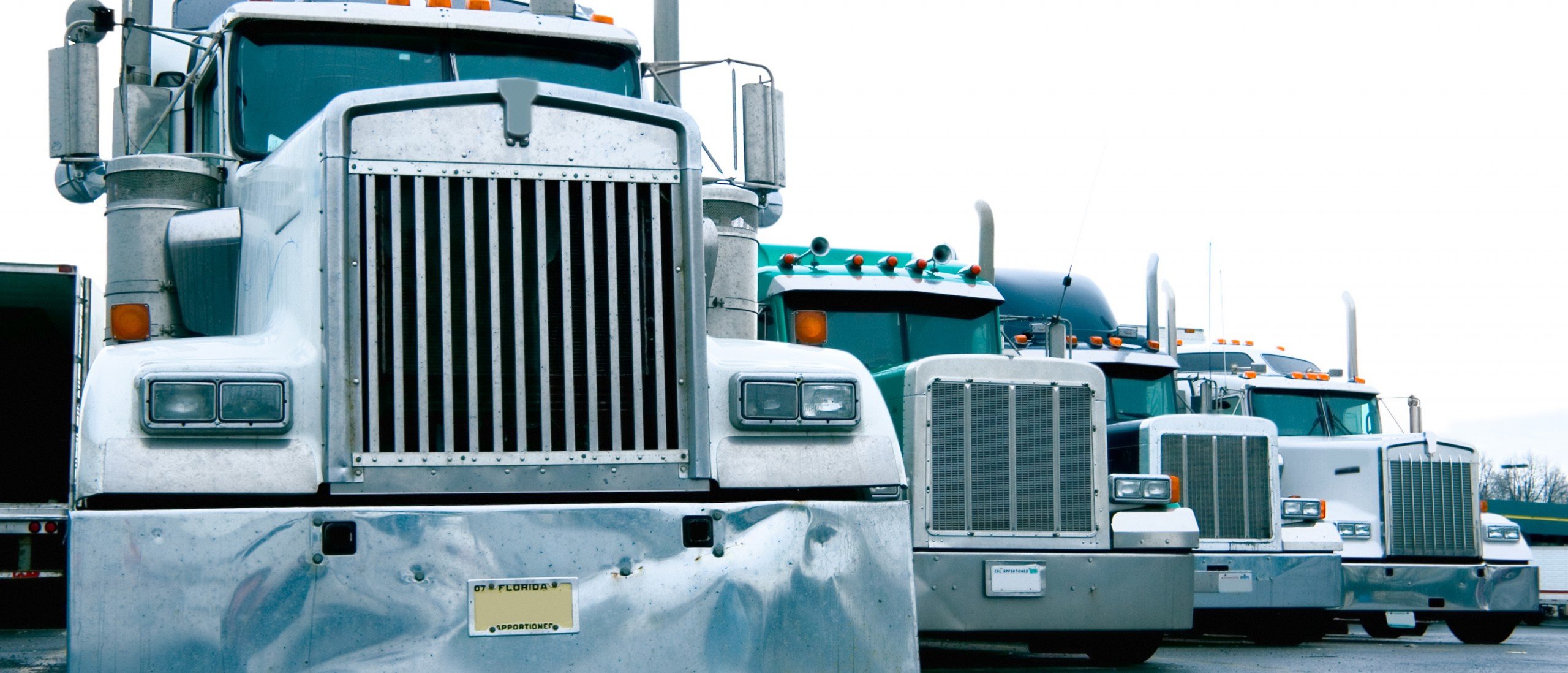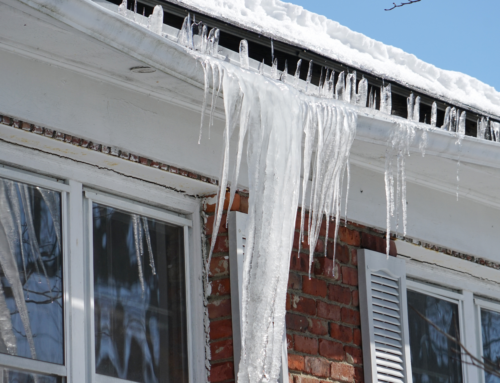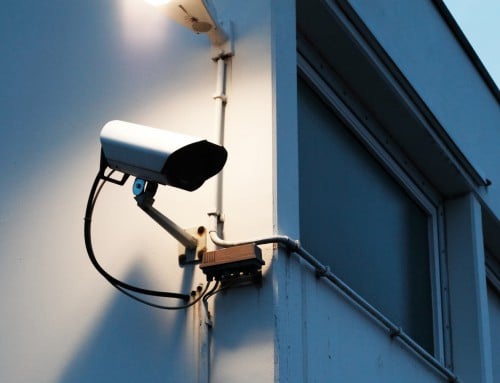In normal situations fleet owners manage assets that are essentially in motion, but there are times when a significant portion of the fleet may need to be parked for an extended period of time, whether it’s because of a long weekend, a summer vacation, a sudden economic downturn, or a far-reaching global event (like we’ve seen with COVID-19). But just because a vehicle isn’t on the road, doesn’t mean it’s no longer facing any risks. In fact, during times like these, parked equipment could be more vulnerable to risks such as fire, theft, and vandalism.
That’s why it’s vital that additional steps are taken to help ensure vehicles are safe, even when they’re off the road.
Protect your fleet against fires
One of the key risks parked vehicles face is fire. While the chance of a fire breaking out cannot be eliminated entirely, there are several steps one can take to help limit the risk.
Where and how to park:
- Park vehicles in a dry, safe, well-lit place as far away from buildings as possible (minimum of 15 meters).
- Avoid parking vehicles near any combustible materials such as fuel tanks or oxy acetylene storage (minimum of 15 meters).
- Group vehicles in small numbers to create a fire break; 5 to 10 vehicles are recommended for truck tractor trailers and 4 to 8 vehicles are recommended for school buses or motor coach buses. Consideration for prevailing winds, where possible, is recommended.
- There should be a minimum space of 3 meters between the groupings.
- While it may seem unimportant, the orientation of vehicles matters. To help reduce the spread of potential fires, a vehicle should be positioned so that its engine, electrical system, and cab is as far away as possible from other parked vehicles. For this reason, trucks and school buses should be parked back to back. Coaches and city buses should be parked nose to nose.
- In the case of semi-trailers, alternate empty and loaded trailers in order to limit cargo damage in the event of a fire.
- Loads of dangerous goods should be segregated where possible.
- Long-term parking of trailers containing temperature-controlled cargo should be avoided. If the situation is unavoidable, provisions should be made. There should be regular inspections of the refrigerated units, including temperature checks and fueling intervals to help eliminate cargo damage.
Risk management best practices:
- Keep fire extinguishers (type BC) readily available and in good working order.
- Make sure there are no fluid leaks under the vehicles and check for them regularly. Clean or wipe up spilled fluids. Adequate regular mechanical maintenance can prevent this type of problem at the source.
- Leave the fuel tank level below a quarter or as low as possible.
- If applicable, avoid keeping vehicles plugged in for a long time.
- Activate battery shut off switches and/or disconnect the battery cables. It may be desirable to remove the batteries if the parking period is particularly long.
- Do not smoke near the parking areas.
Check-in and be on the lookout:
- Check the stored vehicles daily, or at least every two days.
- If additional parking space is needed and rental or unprotected sites must be used, increase surveillance patrols.
- Maintain the sites and make sure protective devices are kept in good condition (fences, barriers, lighting, cameras, etc.).
- A documented checklist should be created and completed every time the yard is checked.
How to steer clear of theft and vandalism
When vehicles are parked in one place and not moving, they can be easier targets for theft and vandalism. Because of this, preventative steps should be taken:
- Always maintain the parking lot lighting.
- Ideally, the parking lot should be fenced in and equipped with real-time surveillance cameras and motion detection systems. If this equipment is not available, be sure to increase the frequency of security patrols.
- The doors and windows of vehicles should always be locked, and the keys kept in a safe place.
- Activate building alarm systems, if equipped.
If you’re parking off-site
If drivers are authorized to park company vehicles at their residence, or a location other than the company terminal, here are some items to review:
- Ensure the vehicle is sent to the terminal if the parking period exceeds one week.
- The vehicle should be parked in a dry, safe, well-lit location as far away from buildings as possible (minimum of 15 meters).
- Avoid parking the vehicle near any liquid combustible sources (minimum of 15 meters).
- If the vehicle must be plugged in, ensure it is only done for a short period and that the building’s circuit breaker is on an independent circuit.
- Prior to long-term parking, speak with the driver about where the vehicle will be parked, and take pictures of the parking space to document your agreement.
Have a plan in place
Even after taking all the necessary precautions, something could still go wrong. That’s why it’s important to have a documented plan in place. Employees should be trained on the procedures, so they’re prepared for every possible situation. Here are some tips to keep in mind:
- A fire safety plan should be in place, documented, and coordinated with the emergency services and the supplier of fire/theft vandalism protection.
- If vehicles are parked inside of buildings for extended periods of time, this emergency response plan must be posted. This will help ensure emergency contacts and phone numbers are on hand should they be needed.
By taking these precautions, you can help ensure your fleet remains safe while off the road. Then, when it’s time for your entire fleet to be operating once more, you’ll be able to jump back into business as usual without a hitch. To learn more about key risk management practices that can assist your business, reach out to The Federated Risk Services team who can provide educational materials and consulting. All services and training offerings offered by the Risk Services team are designed to help you run a safer, more profitable business.
This blog is provided for information only and is not a substitute for professional advice. We make no representations or warranties regarding the accuracy or completeness of the information and will not be responsible for any loss arising out of reliance on the information.






